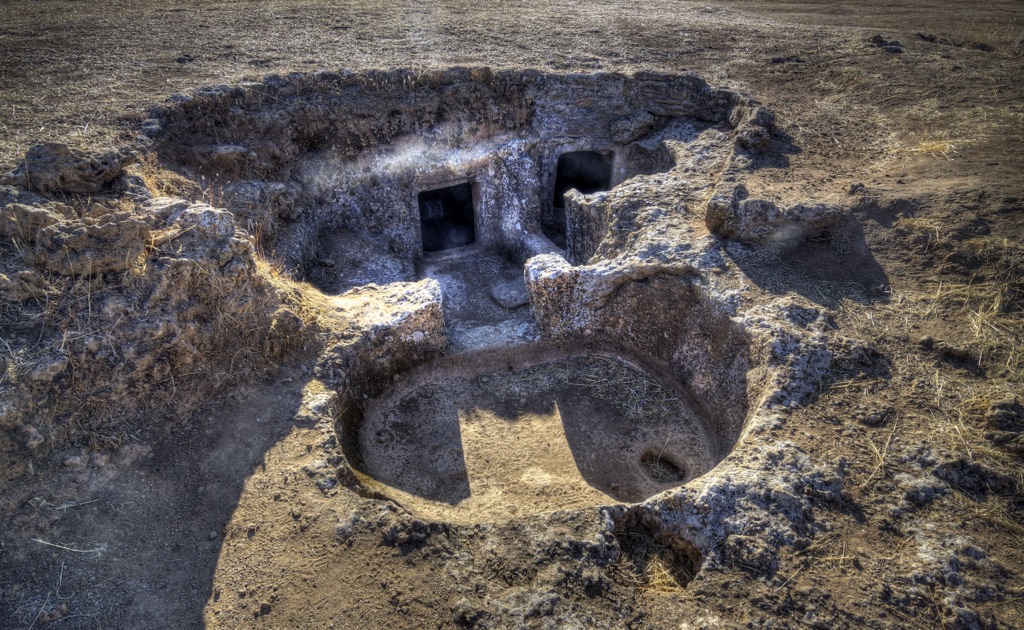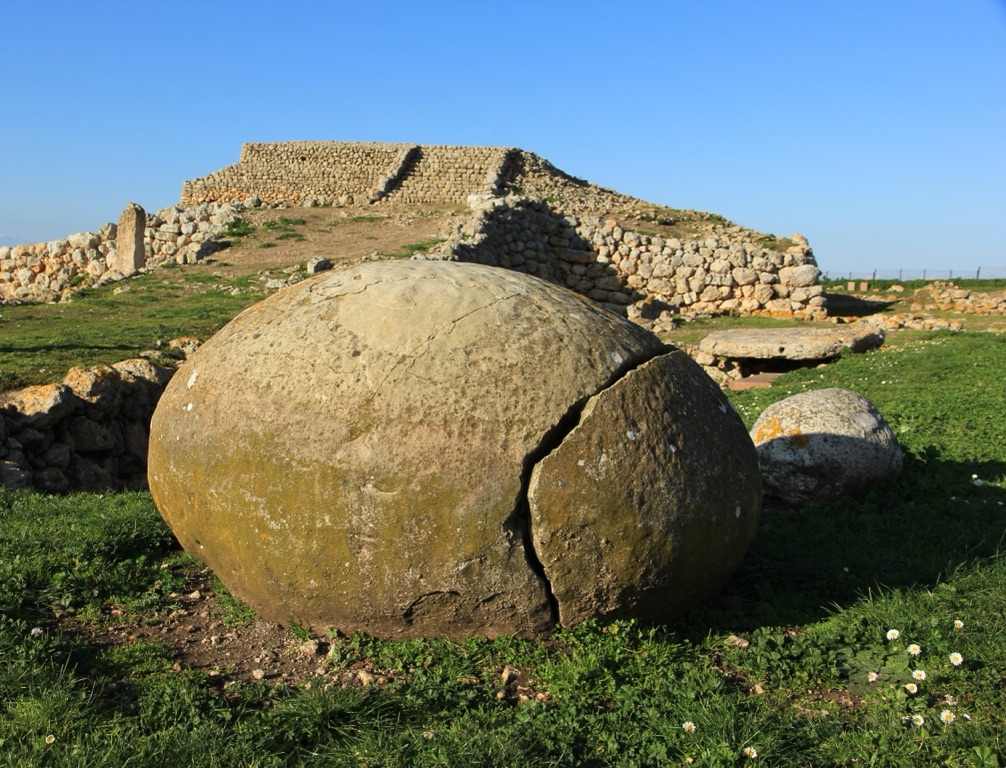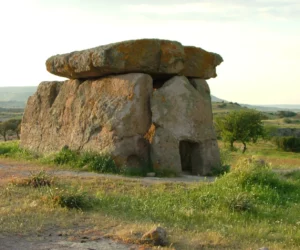Exploring the Dolmen Sa Coveccada: A Glimpse into Sardinian Prehistory The Dolmen Sa Coveccada, also known as S’Accoveccada, stands tall on a plateau in Sardinia. This remarkable archaeological site offers a fascinating glimpse into the island’s prehistoric past. Architectural Brilliance The dolmen has a rectangular layout, measuring 5 meters by 2.2 meters. Its construction involved…
Ozieri Culture
The Ozieri culture, also known as the San Michele culture, was a prehistoric civilization that flourished in Sardinia, Italy, during the Neolithic period, roughly between 3200 BC and 2800 BC. This culture represents a significant phase in the island’s prehistory, marking a period of considerable advancements in various aspects of society, including architecture, art, and agriculture. The Ozieri culture is named after the site of San Michele di Ozieri, where some of the earliest and most informative archaeological evidence of this culture was discovered.
One of the hallmark features of the Ozieri culture was its remarkable architectural achievements, particularly the construction of megalithic structures known as “domus de janas,” or “fairy houses” in English. These were collective burial chambers carved into rock, often with intricate layouts that included multiple rooms, vestibules, and decorative motifs. The sophistication of these tombs indicates a society with advanced stone-working skills and a complex social structure that placed significant emphasis on the afterlife and ancestor worship.
The Ozieri people were also skilled farmers and herders, having introduced new agricultural practices to Sardinia that allowed for more efficient food production. They cultivated a variety of crops, including wheat and barley, and raised livestock such as sheep, goats, and pigs. This shift towards a more sedentary lifestyle, based on farming and herding, facilitated population growth and the development of more complex societal structures.
In terms of material culture, the Ozieri are known for their distinctive ceramics, which are among the most elaborate and technically sophisticated of the Neolithic Mediterranean. Their pottery often featured intricate designs, including geometric patterns, spirals, and motifs inspired by nature. These artifacts not only serve as a testament to the Ozieri’s artistic skills but also provide valuable insights into their beliefs, daily life, and interactions with neighboring cultures.
The Ozieri culture also made significant contributions to the field of metallurgy, with evidence suggesting that they were among the earliest cultures in the Mediterranean to work with copper. This technological advancement would have had profound implications for their society, enabling the production of tools and weapons that were more efficient than those made from stone.
Socially, the Ozieri culture is characterized by evidence of a hierarchical society, as indicated by the varying complexity and size of the domus de janas. Some tombs were significantly more elaborate than others, suggesting that certain individuals or families held higher status within their communities. This social stratification may have been based on wealth, lineage, or other factors, and it played a crucial role in the organization and functioning of Ozieri society.
The end of the Ozieri culture around 2800 BC did not result in the disappearance of their influence. Instead, it marked a transition to the subsequent cultures of the Chalcolithic period in Sardinia, such as the Abealzu-Filigosa culture. These later cultures inherited and adapted many aspects of Ozieri society, from architectural practices to agricultural techniques, indicating the lasting impact of the Ozieri on the island’s prehistoric development.
In conclusion, the Ozieri culture represents a pivotal chapter in the prehistory of Sardinia and the broader Mediterranean region. Through their architectural, agricultural, artistic, and metallurgical innovations, the Ozieri people laid the foundations for the complex societies that would follow. Their legacy, preserved in the form of megalithic tombs, pottery, and other artifacts, continues to fascinate archaeologists and historians, offering a window into the lives of one of Europe’s earliest advanced civilizations.

Anghelu Ruju Necropolis
The Anghelu Ruju necropolis is a prehistoric burial site located near Alghero, Sardinia, Italy. It is one of the largest and most important archaeological sites on the island, known for its underground tombs called ‘domus de janas’. These tombs, carved into the limestone, date back to the Ozieri culture of the Neolithic period and were used for collective burials. The site provides valuable insights into the funerary practices, beliefs, and social structures of the ancient inhabitants of Sardinia.

Monte d’Accoddi
Monte d’Accoddi is a captivating prehistoric site located in Sardinia, Italy. It showcases the advanced Neolithic and Copper Age cultures that flourished in the region. The site is notably home to a massive stone platform, resembling a stepped pyramid. This unique feature reflects the early sacred architecture usually found in Mesopotamia. Researchers believe Monte d’Accoddi had a ceremonial role, attracting visitors far and wide. Its exact function, however, remains shrouded in mystery. The plateau’s design and the artifacts found there indicate a complex society with significant ritualistic practices.

